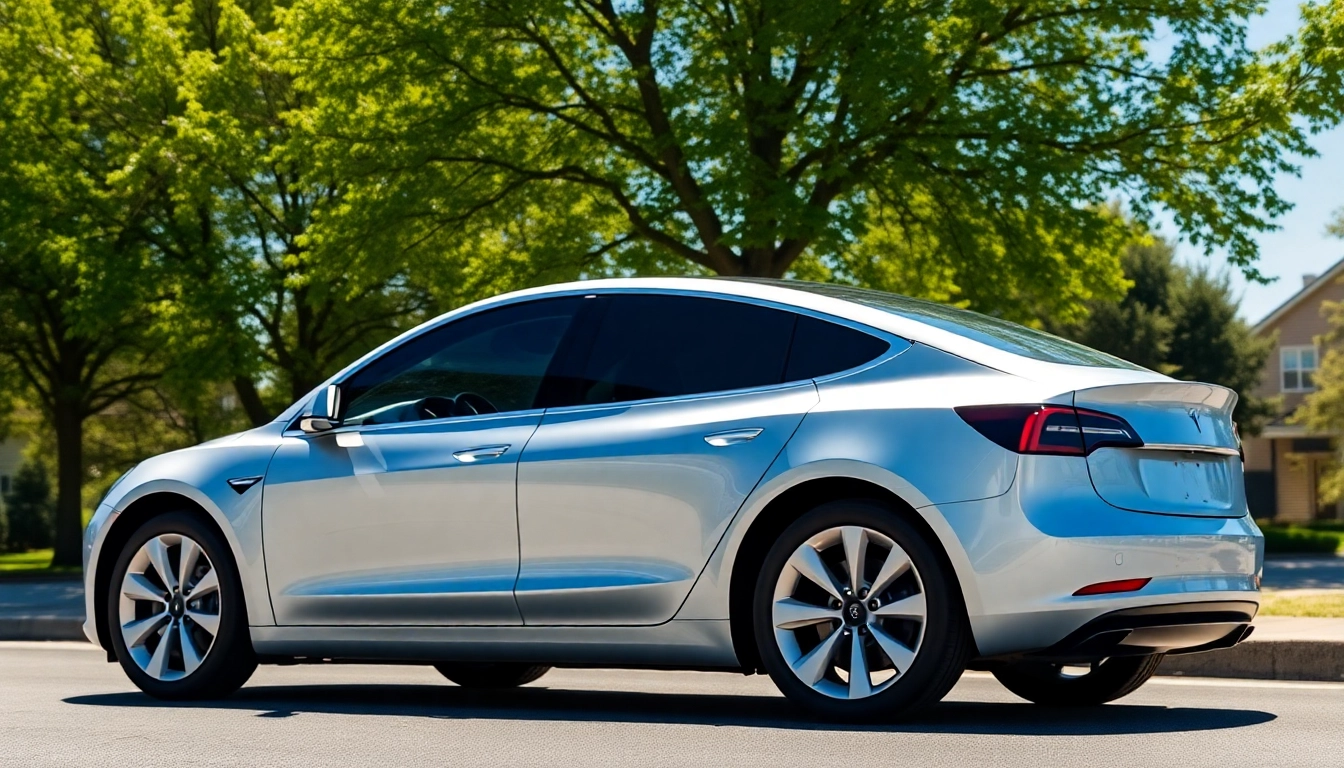Understanding E Fluids and Their Importance
With the surge in electric vehicle adoption and advances in automotive technology, the demand for specialized lubricants and fluids has risen significantly. This brings us to e fluids, a category that plays a crucial role in enhancing the performance and longevity of electric vehicles (EVs). Understanding e fluids involves knowing their specifications, applications, and advancements in technology, which are pivotal for the future of mobility.
What Are E Fluids?
E fluids are specially formulated fluids designed for electric vehicles. They include various types of lubricants that serve multiple functions such as cooling, lubrication, and protection in electric powertrains. Unlike traditional automotive fluids, e fluids cater specifically to the requirements of high-voltage systems, ensuring safe operation and optimal performance.
The Role of E Fluids in Electric Vehicles
In electric vehicles, e fluids are essential for several reasons:
- Lubrication: E fluids provide crucial lubrication for gearboxes and electric motors, reducing friction and wear, thus prolonging component life.
- Cooling: They help in efficiently managing heat produced by electric motors and batteries, which is critical for maintaining performance and safety.
- Sealing and Corrosion Protection: E fluids often contain additives that protect components from corrosion and help maintain sealing performance under varying operational conditions.
Comparing E Fluids to Traditional Automotive Fluids
While traditional automotive fluids, like engine oils, were tailored for internal combustion engines, e fluids are crafted to meet the unique requirements of electric vehicles. Traditional fluids may not withstand the high temperatures and voltages found in electric drivetrains. Furthermore, e fluids are developed with advanced synthetic formulations that enable them to perform efficiently within the constraints of electric vehicle technologies.
Types of E Fluids Available
As the market for electric vehicles expands, so does the variety of e fluids. Below are some of the primary types available:
E-Transmission Fluids
E-transmission fluids are designed to provide smooth operation of electric drivetrains. They have unique properties aimed at high performance including:
- Friction Control: E-transmission fluids enable seamless gear shifts which enhance driving experience.
- Durability: They maintain consistency over time under extreme operational conditions, reducing the frequency of fluid changes.
E-Thermal Fluids
Heat management is vital for electric vehicles. E-thermal fluids are developed to optimize thermal performance:
- Efficient Heat Transfer: They efficiently transfer heat away from critical components, ensuring optimal operating temperatures are maintained.
- Thermal Stability: E-thermal fluids are designed to remain effective under varying temperature ranges, ensuring protection and performance.
E-Greases and Their Applications
E-greases are another important category within the e fluid spectrum, primarily used for lubricating electric motors and gears:
- Load Bearing: E-greases provide excellent load-bearing capability while minimizing wear.
- Resistance to Leakage: They help in sealing critical components and preventing leakage, especially in high-vibration environments.
How to Choose the Right E Fluids
Selecting the appropriate e fluids for your electric vehicle is crucial for optimizing performance. Here are key considerations:
Factors to Consider for Vehicle Performance
When choosing e fluids, consider the following:
- Manufacturer Specifications: Always refer to the vehicle manufacturer’s fluid specifications to ensure adherence to performance standards.
- Operating Environment: Consider climatic conditions, as extreme temperatures can affect fluid performance.
- Compatibility: Ensure that the selected e fluids are compatible with existing vehicle components to avoid adverse reactions.
Brand Comparisons in E Fluids
Several brands have emerged as leaders in the e fluid market, each with unique formulations and qualities. Some notable names include:
- Shell: Known for their EV-Plus range which combines advanced synthetic base oils with specialized additives.
- Texaco: Offers fluids specifically tailored for electric vehicles, focusing on performance and reliability.
- Castrol: Their e-fluids provide a comprehensive solution that enhances the efficiency and longevity of electric powertrains.
Best Practices for Fluid Selection
To ensure optimal performance when selecting e fluids, adhere to these practices:
- Regularly Review Manufacturer Recommendations: Stay updated on the latest advancements and recommendations from vehicle manufacturers.
- Conduct Regular Fluid Analysis: This helps determine the condition of existing fluids and if replacements are necessary.
- Engage Professionals: Consult with automotive specialists for tailored advice based on specific vehicle needs.
Installation and Maintenance of E Fluids
Proper handling and maintenance of e fluids significantly influence vehicle performance. Below are essential steps for successful installation and maintenance:
Steps for Proper Fluid Change
Changing e fluids involves the following steps:
- Gather Necessary Tools and Fluids: Ensure all tools are available, including the correct e fluids for your vehicle.
- Drain Old Fluids: Safely drain existing fluids while ensuring proper disposal methods are observed.
- Flush the System: If needed, flushing can eliminate residual fluids and contaminants.
- Fill with New Fluids: Carefully fill the system with the chosen e fluid, following manufacturer guidelines.
- Check Levels and Test: Regularly monitor fluid levels and conduct performance tests post-installation.
Common Mistakes to Avoid
Some frequent pitfalls during fluid installation include:
- Ignoring Manufacturer Guidelines: Always adhere to prescribed standards for fluid types and change intervals.
- Neglecting Fluid Levels: Regularly check fluid levels to prevent issues related to under-lubrication.
- Using Incompatible Fluids: Avoid mixing different types of fluids to maintain system integrity.
Monitoring Fluid Levels and Performance
Active monitoring is key for success:
- Regular Inspections: Conduct regular checks for fluid levels and look for signs of contamination or leaks.
- Performance Metrics: Assess the efficiency of the vehicle and report any decline in performance.
- Data Tracking: Utilizing performance tracking technology can help identify potential fluid issues early.
The Future of E Fluids in Automotive Technology
The landscape for e fluids is rapidly evolving, influenced by innovation and regulatory changes. Here are key trends shaping the future:
Innovations in E Fluids Development
The continuous quest for efficiency has sparked innovative formulations within the e fluid sector:
- Smart Fluids: Development of fluids that can alter properties based on operating conditions is underway.
- Sustainability Focus: Increased emphasis on environmental impacts is driving the creation of biodegradable and eco-friendly e fluids.
Regulatory Trends Affecting E Fluids
As governments push towards stricter emissions regulations, manufacturers are interacting more closely with regulatory bodies to formulate compliant products. This impacts:
- Fluid Change Intervals: Registration of compliance will lead manufacturers to recommend more frequent fluid checks and changes.
- Research and Development Investments: Companies will focus R&D investments on meeting the evolving regulations efficiently.
The Impact of E Fluids on EV Efficiency
Ultimately, the adoption of high-quality e fluids translates to improved EV efficiency:
- Enhanced Energy Efficiency: Improved lubrication leads to reduced energy loss in drivetrain components.
- Increased Range: Optimally performing fluids contribute to greater vehicle range by minimizing energy consumption.
- Long-term Reliability: The right fluids ensure better performance longevity, reducing costs associated with maintenance and repairs.



